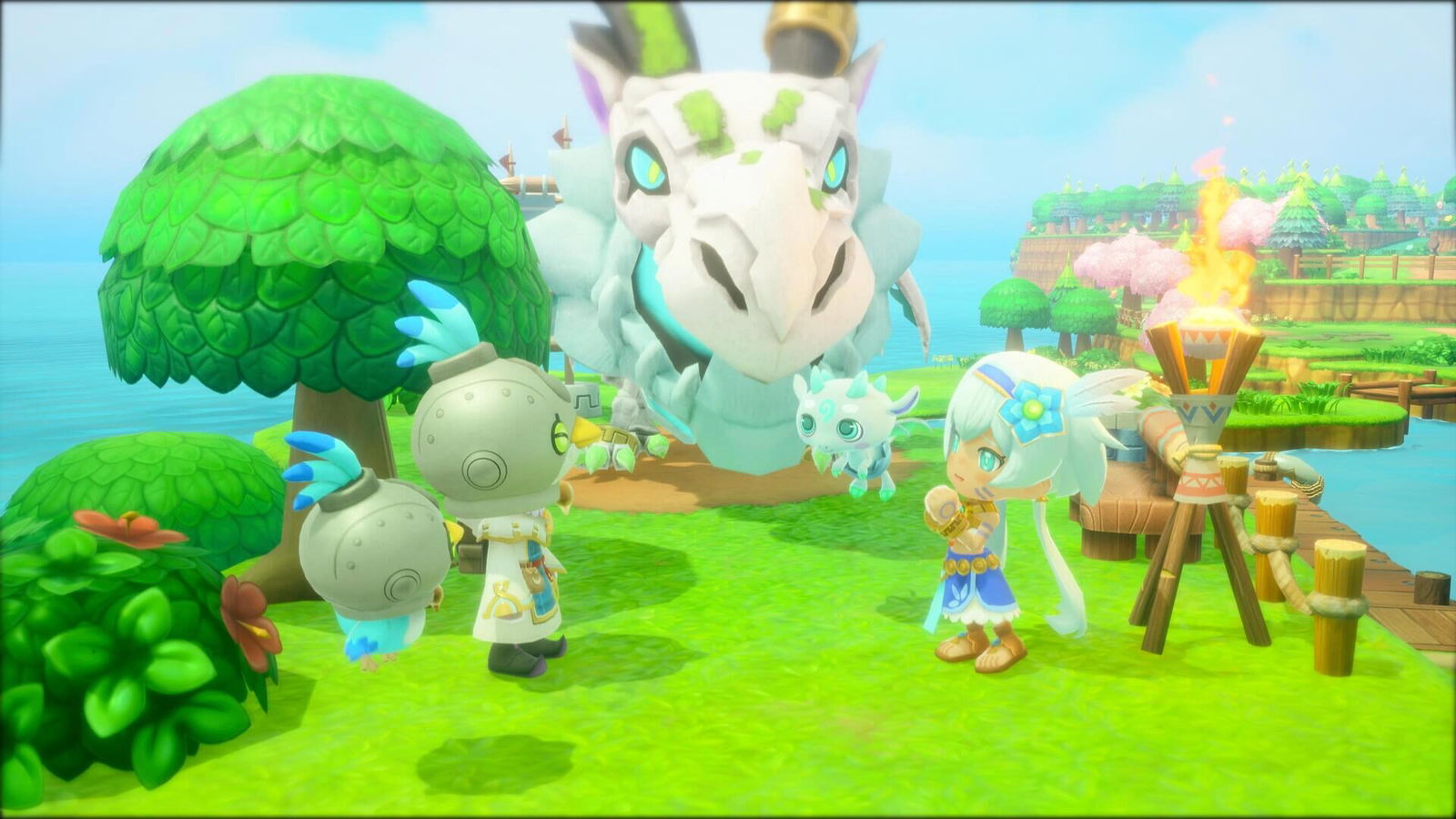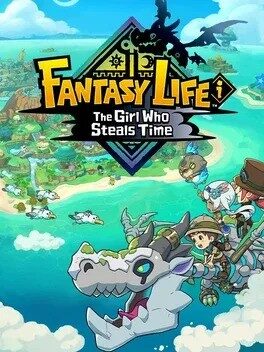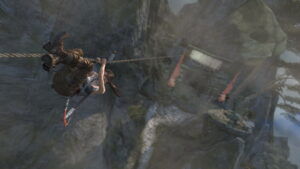Now, I haven’t played every single game in Level 5’s repertoire, but Fantasy Life i: The Girl Who Steals Time is a game that I have been eagerly anticipating since its reveal in 2023, as I am a big fan of the Nintendo 3DS predecessor. Having spent three days with the latest entry into the Fantasy Life series via its digital deluxe edition upgrade, I can safely say that Fantasy Life i: The Girl Who Steals Time has been worth the wait.
Before deep diving into exactly why Fantasy Life i: The Girl Who Steals Time is a worthy sequel to the 3DS original, I want to take a moment to address one of the coolest features in the game. Ditching its exclusivity to Nintendo platforms, Fantasy Life i: The Girl Who Steals Time features full cross-play and cross-progression options, which, as someone who plays on multiple platforms, I found to be an indispensable feature.
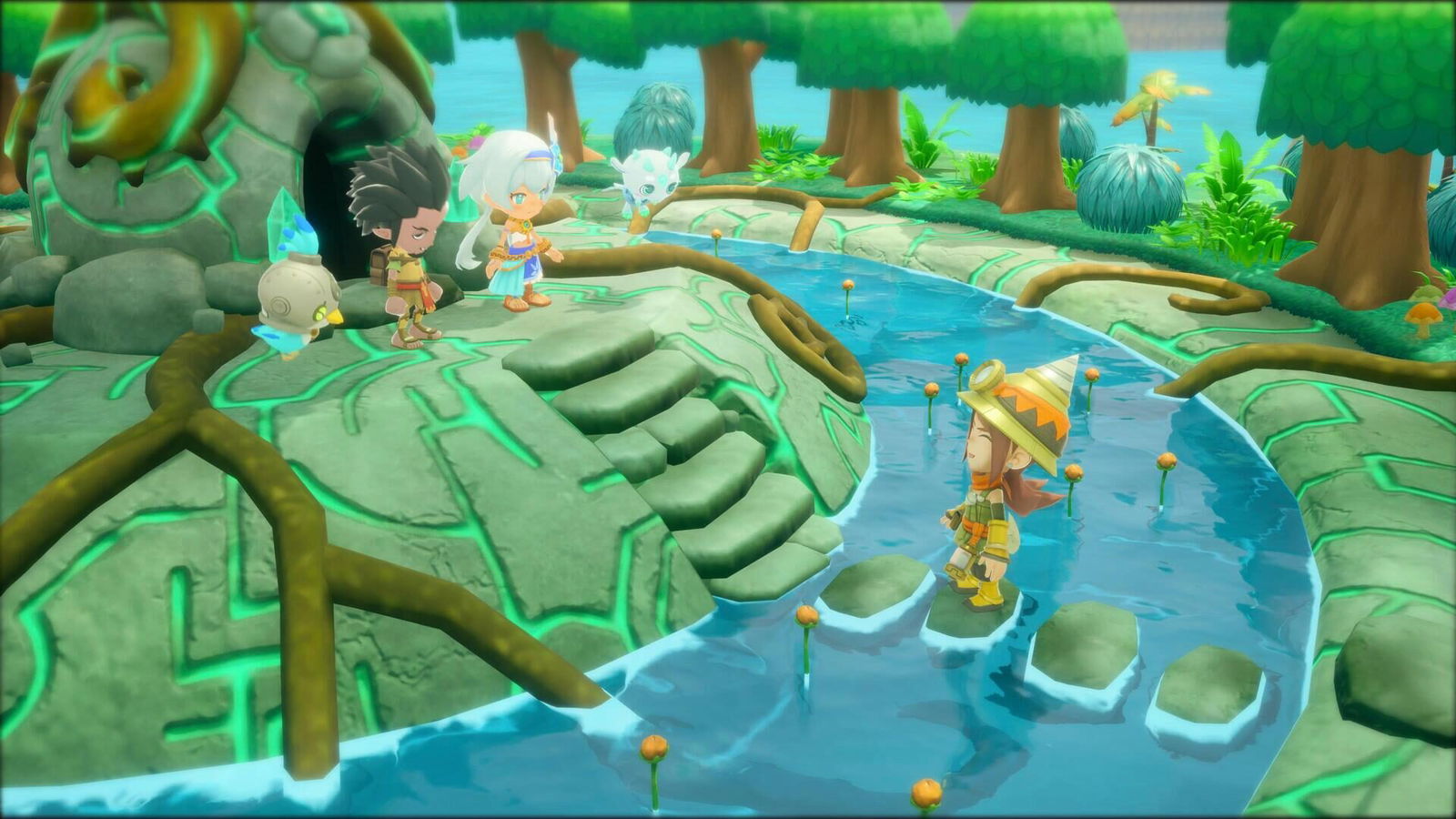
From the title screen of the game, players have the option to download their synced saved data and pick up right where they left off. The only requirement is to register an account for Epic Games, which is a painless process that makes it easy and fast to switch between platforms, such as PC and PlayStation 5.
“Fantasy Life i: The Girl Who Steals Time has been worth the wait.”
On the topic of online functionality, Fantasy Life i: The Girl Who Steals Time’s multiplayer, at first glance, may feel like a bizarre stepback from the Nintendo 3DS title, as instead of having the entirety of the map to explore and level up Lives (Jobs) with when playing with others, The Girl Who Steals Time, instead limits multiplayer to maps selected by the host.
Thankfully, maps are significantly larger than in the 2014 game and now include caves and dungeons, helping compensate for the fact that the entire map isn’t accessible at all times when playing with others. Additionally, multiplayer sessions are limited to between 30 minutes and an hour. While this might sound like a major downgrade, it’s actually a thoughtful restriction.
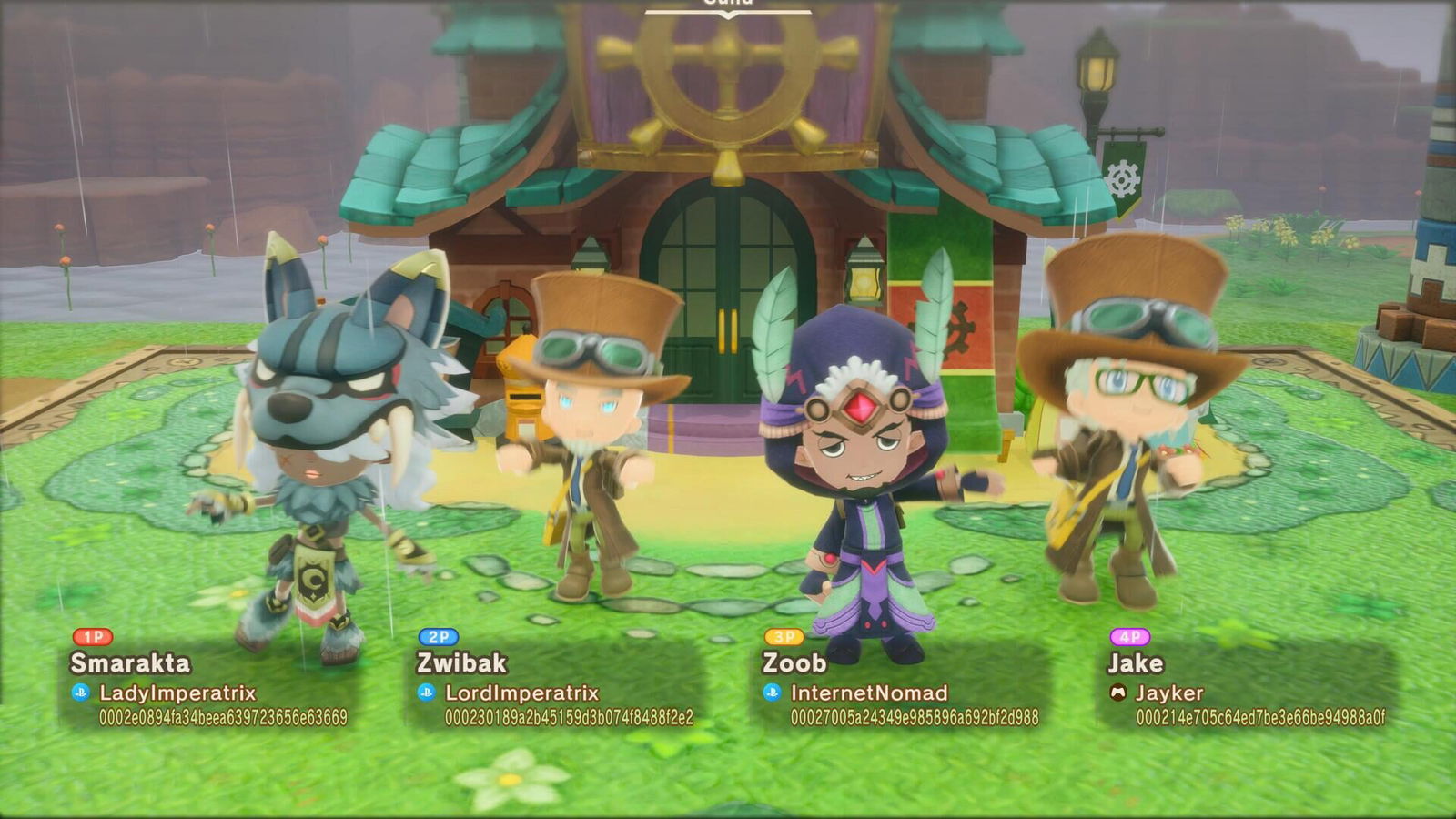
After playing Fantasy Life on the 3DS, it’s clear that unrestricted multiplayer in Fantasy Life i: The Girl Who Steals Time would easily break the game for new players, disrupting pacing and diminishing the overall enjoyment of the campaign.
Instead, Multiplayer truly shines when exploring dungeons and having visitors over to your island, which feels similar to games like Animal Crossing. The prevalence of dungeons and monster-infested areas in Fantasy Life i: The Girl Who Steals Time makes exploring and returning to areas unlocked in the campaign a blast to tackle with friends.
“Ditching its exclusivity to Nintendo platforms, Fantasy Life i features full cross-play and cross-progression options.”
Outside of dungeons from the campaign and the overworld maps, the game also features the inclusion of brand-new Shrines and Dungeon Trees, known as Treasure Groves, which are tough gauntlets that put players into randomly generated dungeons, tasking them to take on various tasks, such as mining a certain amount of resources, killing a specific group of enemies, and more, while under a strict time limit and other modifiers that add that ramp up the difficulty of the base experience.
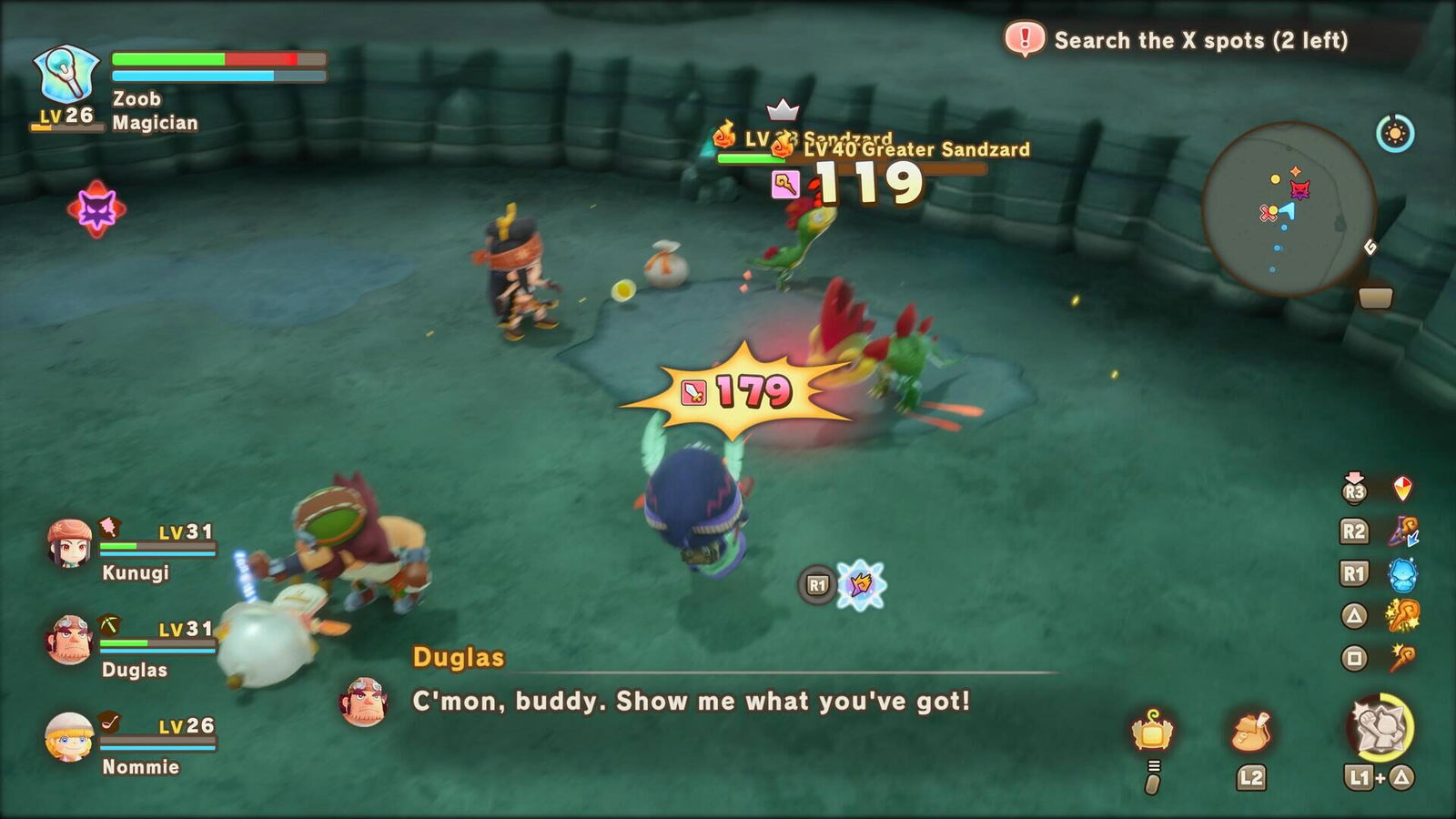
Completing these bonus dungeons net players with special resources that can be turned into the guild to unlock recipes and other materials to spruce up your village and home, making it an essential stop for players wanting to experience everything Fantasy Life i: The Girl Who Steals Time has on offer. Shifting gears back to the single-player experience, players can expect a much better-paced campaign than Fantasy Life 3DS. In other words, Fantasy Life i: The Girl Who Steals Time is full of surprises with a wealth of content to get lost in.
With time travel and other fantastical story elements, there is now a greater emphasis on rescuing and recruiting NPCs, which have been turned into Strangelings or anthropomorphised furniture and other everyday objects due to story reasons.
Playing through the story will naturally cause your base of operations to gradually grow and expand, which in turn unlocks additional bonuses, such as having more hands on deck to help you clean up the debris in which you make your homestead, further expanding its size and facilities. Up to 3 rescued NPCs can join the player when exploring the vast and expansive maps, and outside of combat, party members who have specific Lives, such as mining or cooking, can help the player collect resources and get through challenges quicker, making them an invaluable asset.
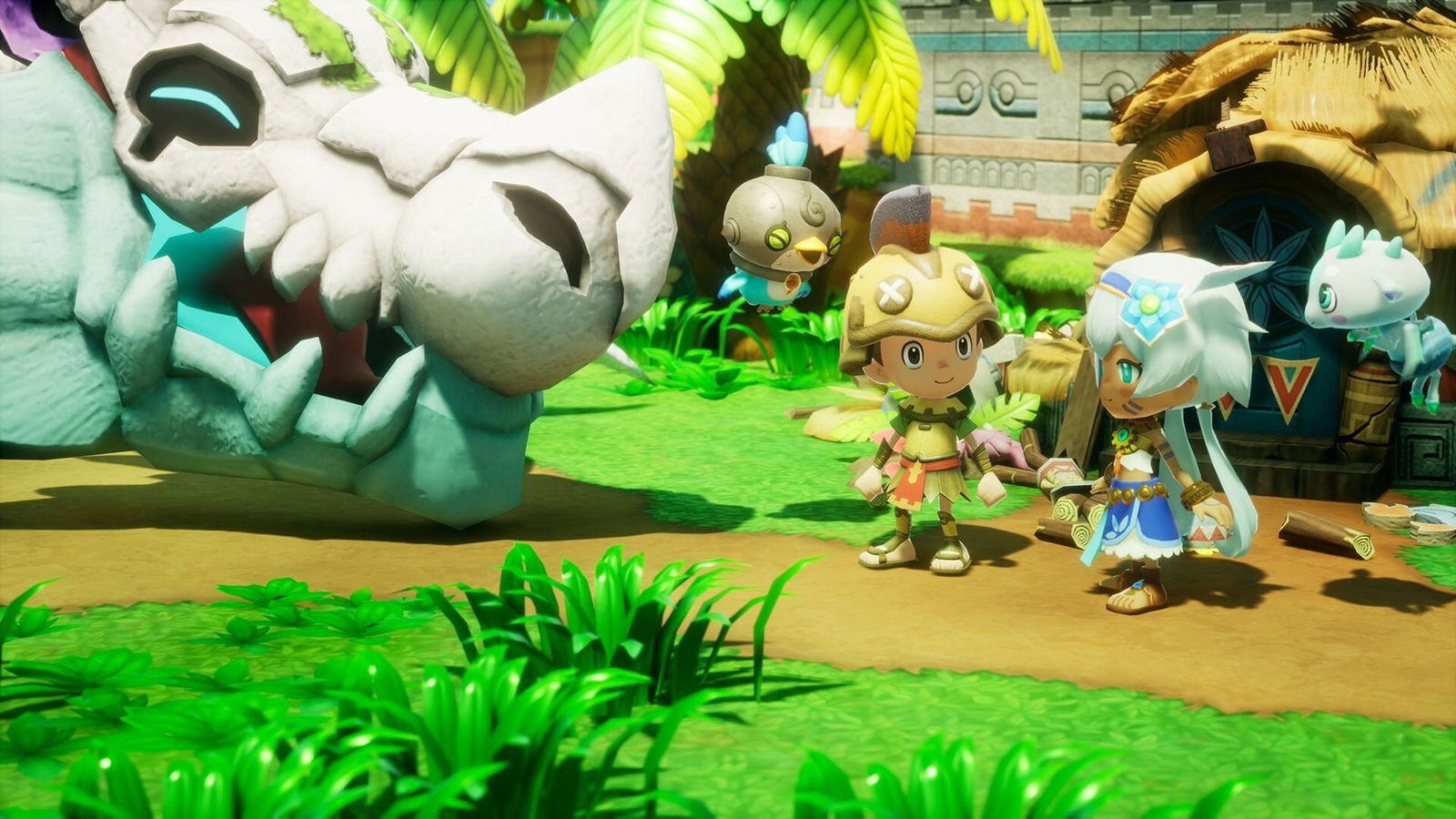
Fantasy Life i: The Girl Who Steals Time Job system has also been streamlined with quality of life improvements, such as being able to change classes on the fly, just by getting out of combat, while equipment for individual Lives no longer requires a particular advancement or level, making it possible to deck out your character with cool gear from the start. Levelling up your class, instead, earns you points towards a skill tree, which features a wealth of upgrades for the player to mess with or mid-max accordingly (with options to redistribute points).
Farming, one of the new jobs available in Fantasy Life i: The Girl Who Steals Time, feels right at home, lending itself to existing classes like the Cook and Angler classes. Plots of land for specific crops can be placed in your hub or town, which the player propagates with seeds, which over time grow and nest valuable resources, including variant or rare types of existing vegetables and fruit, which in turn then can be sold, used in recipes or eaten, further adding to the extensive gameplay loop.
“Fantasy Life i is full of surprises with a wealth of content to get lost in.”
The Wish system from the original game is no longer present, meaning upgrades, such as licenses to use mounts, expand storage and unlock additional goodies, are no longer required, which makes using mounts actually more viable and something I find myself using way more than I did on 3DS. Sadly, this also means pets are no longer available to the player, but with the wealth of content in the game, most players will not miss their removal.
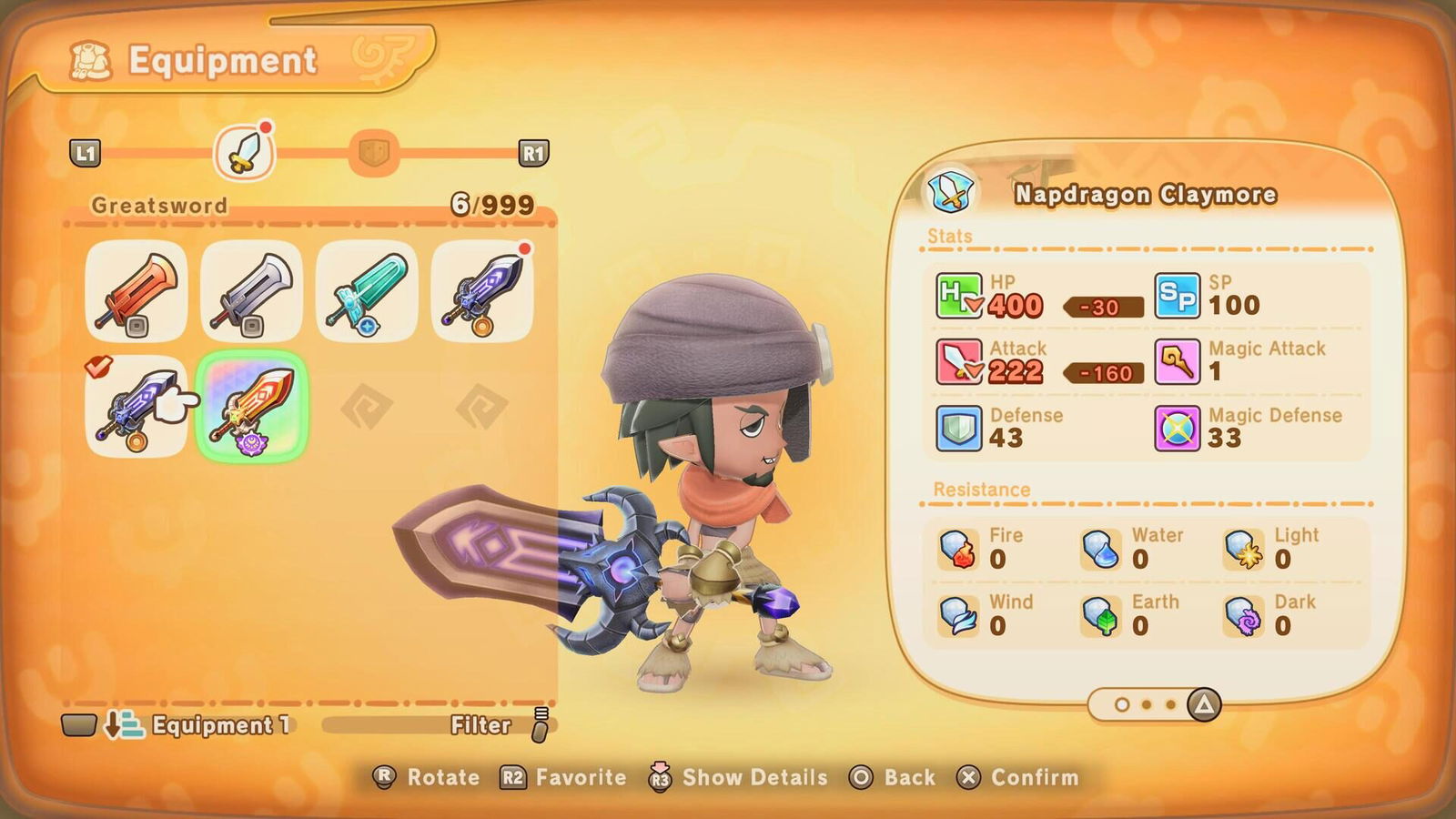
On the PC side of things, Fantasy Life i: The Girl Who Steals Time runs incredibly well for a multiplatform release, with support for an uncapped framerate and solid performance on my gaming rig, but even lower-spec hardware such as the Steam Deck and non-gaming laptops, where I was able to run the game with a mix of medium and high settings, netting me smooth performance, with minor dips in action-heavy sequences.
Fantasy Life i: The Girl Who Steals Time is a game bursting at the seams with content, but if I had to nitpick, some of the animations used in the various Lives, particularly the farming job, look more akin to you attacking your crops than harvesting them. The worst offender, however, that may momentarily dampen your experience with The Girl Who Steals Time is the PlayStation 2 level of repeated sound quips uttered by your party members, which thankfully can be muted.
Ultimately, Fantasy Life i: The Girl Who Steals Time is a must-play game, even if you’re not typically a fan of sim or farming games, making it one of the best games put out by Level-5 to date.
